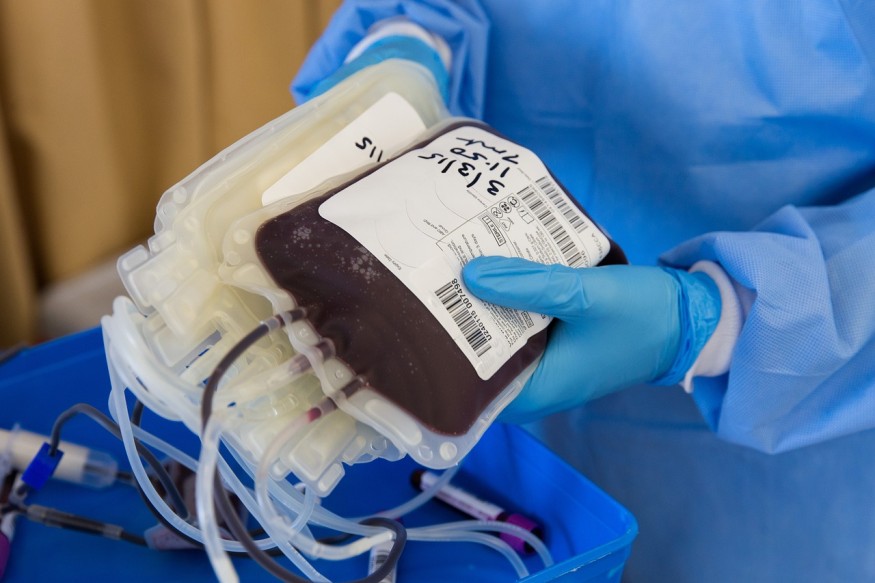
The American Red Cross previously declared that the nation is facing a national blood shortage and that the blood supply across the US has plummeted to critically low levels.
Blood Supply Crisis in America
Blood transfusions take place every day in pediatric, trauma, and maternity care. In fact, someone uses blood every 2 seconds.
Red blood cells can only last for 42 days. Hence, it is ideal to have a weeks' supply of blood. Most blood banks were able to navigate through the pandemic with a supply worth three to five days.
According to the US Department of Health and Human Services, people may donate blood every 56 days or eight weeks. Platelets, on the other hand, can be donated every seven days and up to 24 times in a single year.
The Red Cross is responsible for providing roughly 40% of the nation's blood and blood components. However, blood product distribution across hospitals is now outpacing donation count. Ever since early August, blood donations went down by nearly 25%.
The non-profit noted that back-to-back worsening of disasters driven by climate change may have led to blood drive cancellations, while busy travel seasons could have strained the general supply.
Spokesperson April Phillips explains that during winter holidays and summertime, there is a typically observed plummet in blood donations. While the midyear decrease is not odd, Phillips explains that another major reason behind the blood shortage is that there are fewer blood donation drives that are being hosted in educational institutions.
Call To Resume Blood Donation Drives in Schools
Prior to the pandemic, roughly 25% of the blood donations the Red Cross received were from school blood drives. This number has gotten lower since the pandemic, even dropping to 10% at one point. Now, the number has went back to roughly 20%.
The Red Cross hopes to regain the lost 5%, which translates to thousands of donors.
While other blood donor organizations did not experience a shortage in supply, they concur that the dip in school blood donation drives are affecting the overall blood supply in America.
Senior vice president Andrea Cefarelli from the New York Blood Center Enterprises explains that prior to the pandemic, almost every high school across the US conducted four blood drives each year. As this is no longer the case, her organization has experienced a youth donor decline amounting to 50%. Prior to the pandemic, the organization received 25% of its blood donations from the youth, with ages ranging 16 to 23 years old and who are in their college or high school levels.
Both the Red Cross and the New York Blood Center say that they are coordinating with education partners to return the blood donation levels that were seen pre-pandemic.
The sustainability of the blood supply is another concern that is brought up by another group, the Blood Center of America. Jenny Ficenec, the executive vice president of the group, explains that her organization has observed a 47% plummet in donors below the age of 30.
RELATED ARTICLE : Donating Blood Seen to Lessen Forever Chemicals in the Body
Check out more news and information on Medicine and Health in Science Times.
© 2025 ScienceTimes.com All rights reserved. Do not reproduce without permission. The window to the world of Science Times.












